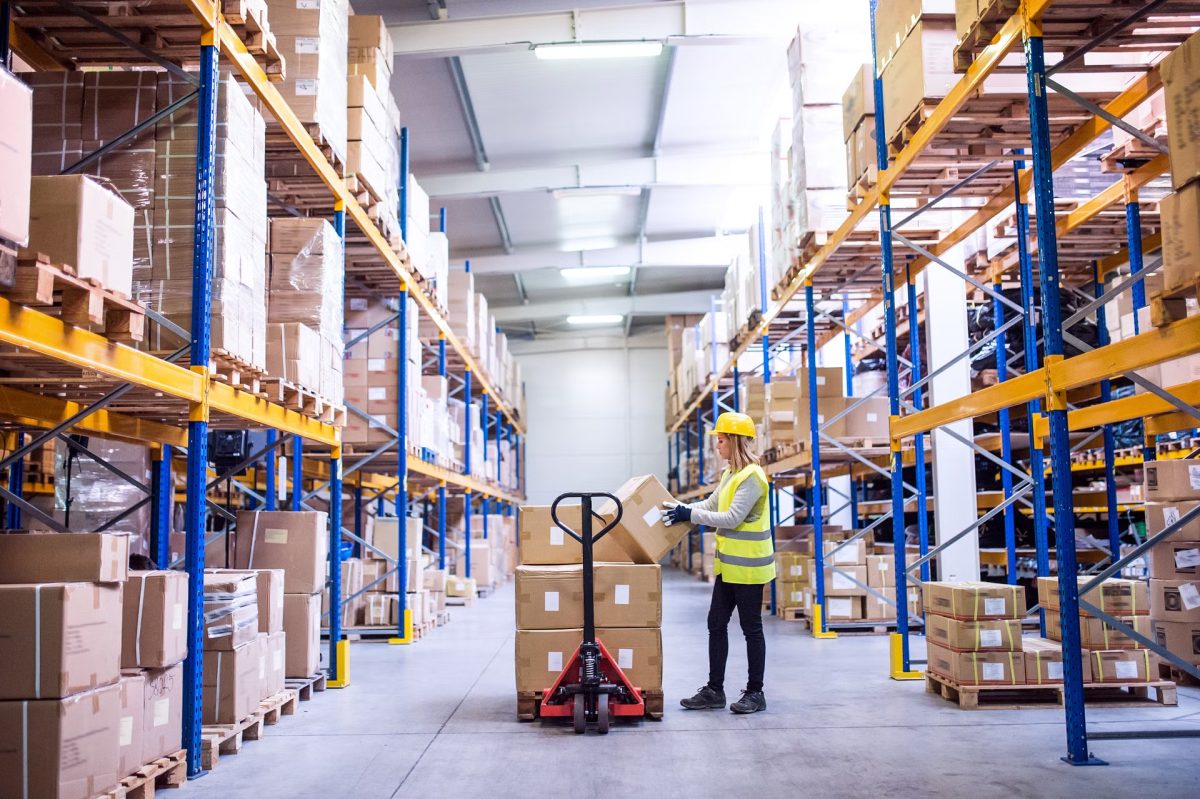In today’s world, machines are the backbone of industry. From the assembly lines churning out countless products to the colossal excavators carving landscapes, they play a vital role in our progress. However, this immense power comes with inherent risks. Ensuring the safety of those who operate and work near machinery is paramount. This article dives into the concept of machine safety, exploring its importance, common hazards, and practical tips for staying safe around machinery.
Why Machine Safety Matters
Machine-related accidents can be devastating, causing serious injuries and even fatalities. The human cost is undeniable, but these incidents also disrupt workflows, damage equipment, and incur significant financial losses. Implementing robust machine safety practices is not just about following regulations; it’s about creating a work environment where people can perform their tasks with confidence and minimize the potential for harm.
Common Machine Hazards
A vast array of hazards can arise when working with machinery. Some of the most common include:
- Mechanical hazards: Moving parts like gears, belts, and chains can cause crushing, shearing, and amputation injuries.
- Electrical hazards: Contact with exposed wiring or faulty electrical components can lead to electrical shock.
- Falling objects: Materials or tools falling from machines can cause serious injuries.
- Noise hazards: Prolonged exposure to loud noise can result in hearing loss and other health problems.
- Ergonomic hazards: Awkward postures or repetitive motions associated with machine operation can lead to musculoskeletal disorders.
Safety First: Practical Tips
Fortunately, there are numerous steps that can be taken to mitigate these risks and promote a safe working environment:
- Safeguarding: Implementing physical guards, barriers, and interlocks around hazardous machine parts is crucial. These barriers prevent accidental contact and ensure that operators only interact with the machine in designated safe zones.
- Lockout/Tagout (LOTO): This vital procedure ensures that machines are de-energized and cannot be restarted unexpectedly during maintenance or repair work. Following established LOTO procedures is a fundamental safety practice.
- Personal Protective Equipment (PPE): Wearing appropriate PPE, such as safety glasses, gloves, respirators, and hearing protection, safeguards workers from potential hazards like flying debris, dust, and noise.
- Training and Awareness: Equipping workers with thorough training on safe machine operation, hazard identification, and emergency procedures is essential. Regular refresher training helps maintain a strong safety culture.
- Workplace Housekeeping: Maintaining a clean and organized work area free from clutter and debris minimizes the risk of slips, trips, and falls, which can be especially dangerous around machinery.
Machine Safety: An Ongoing Pursuit
Machine safety is not a destination but rather a continuous journey. As technology evolves and new machinery is introduced, the potential for hazards also changes. Regular risk assessments, incorporating the latest safety standards and best practices, are essential to maintaining a safe work environment.
A strong commitment to machine safety benefits everyone. It protects workers, fosters a positive work environment, and promotes operational efficiency. By prioritizing safety throughout all stages – from machine design and implementation to operation and maintenance – businesses can empower their workforce and ensure long-term success.




Recent Comments